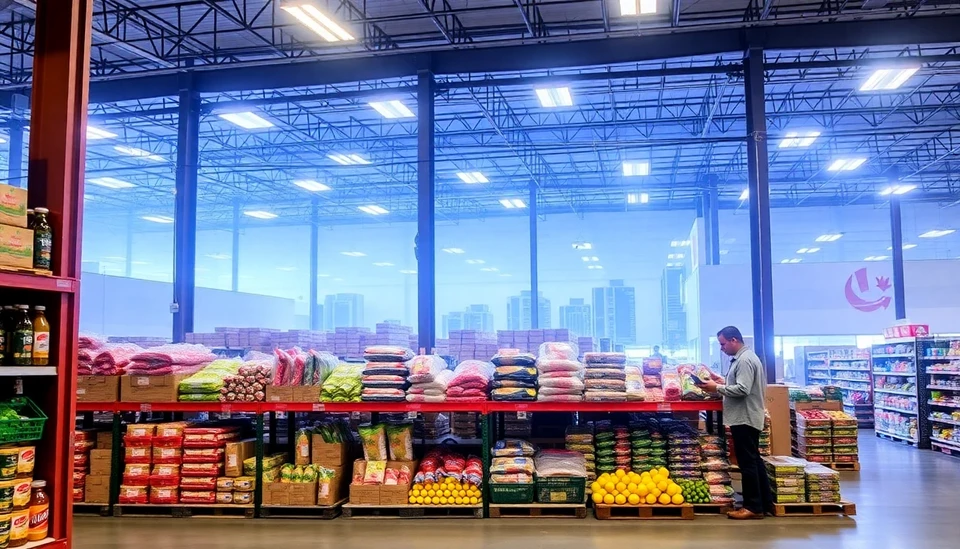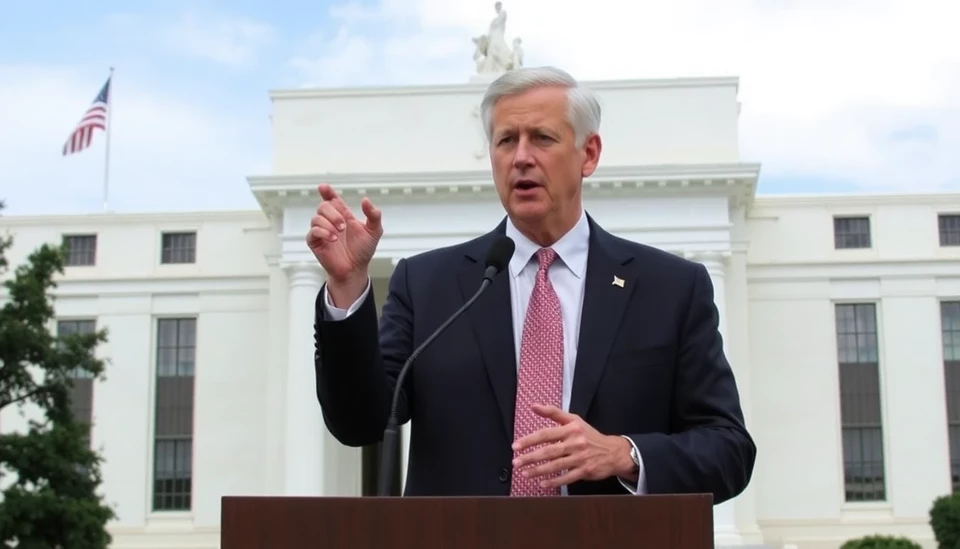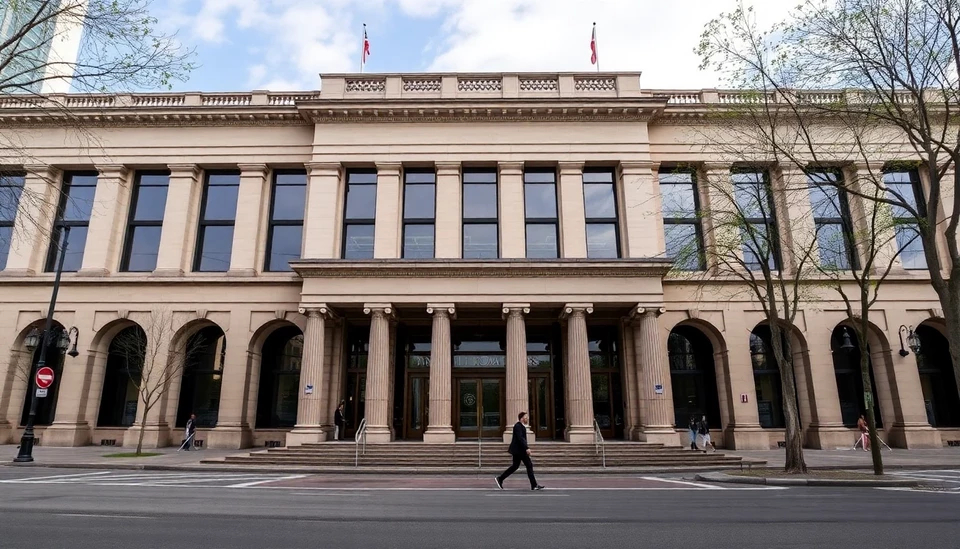
The latest figures on wholesale inflation reveal that the rate of increase has surpassed analysts' predictions, primarily due to rising costs in the food and energy sectors. This signals potential challenges ahead for consumers and the overall economy as businesses grapple with increasing input costs.
Data released by the Labor Department shows that the Producer Price Index (PPI), which measures the average change in prices that producers receive for their goods and services, rose more than expected in January. Economists had forecast a more modest increase, but the actual rise was propelled significantly by surging prices in food and energy, which have recently experienced volatility due to various market factors.
Specifically, the overall producer price index saw an increase of 0.6% for January, which is notably higher than the anticipated 0.3%. This surpasses the expectations set by many economists and illustrates a growing trend of inflationary pressure in the industrial supply chain.
Breaking down the data further, food prices climbed sharply, marking a critical concern as this can directly impact household expenditures. Energy prices, which are traditionally volatile due to geopolitical and supply chain factors, also exhibited a significant increase, reflecting the broader fluctuations in global energy markets.
Such increases in wholesale prices often herald a subsequent rise in consumer prices, meaning shoppers could soon feel the pinch at grocery stores and gas stations alike. The ongoing pressures from these sectors emphasize the urgency for policymakers to consider further measures to combat inflation as it continues to challenge economic stability.
This data will likely stir debates regarding interest rate adjustments by the Federal Reserve, as they monitor inflationary trends closely. Any actions they take could dramatically influence market dynamics and consumer behavior thus shaping the economic landscape moving forward.
As of now, consumers and businesses alike are left to navigate these pressures, seeking ways to adjust to an environment where prices are rising unexpectedly and consistently. The potential for adjustments in wages and pricing strategies will be crucial in the months ahead as the impact of these inflationary trends unfolds.
Given the current trajectory of wholesale prices, it is worth keeping an eye on further developments in this area, especially with the upcoming economic reports that could provide additional insights into the health of the economy.
For those concerned about their finances, investing in strategies to manage and mitigate these rising costs will be essential, as the landscape seems poised for continued challenges in the face of inflation.
#Inflation #ProductionPrices #FoodPrices #EnergyCosts #EconomicOutlook #FederalReserve #ConsumerGroceryPrices
Author: Rachel Greene




